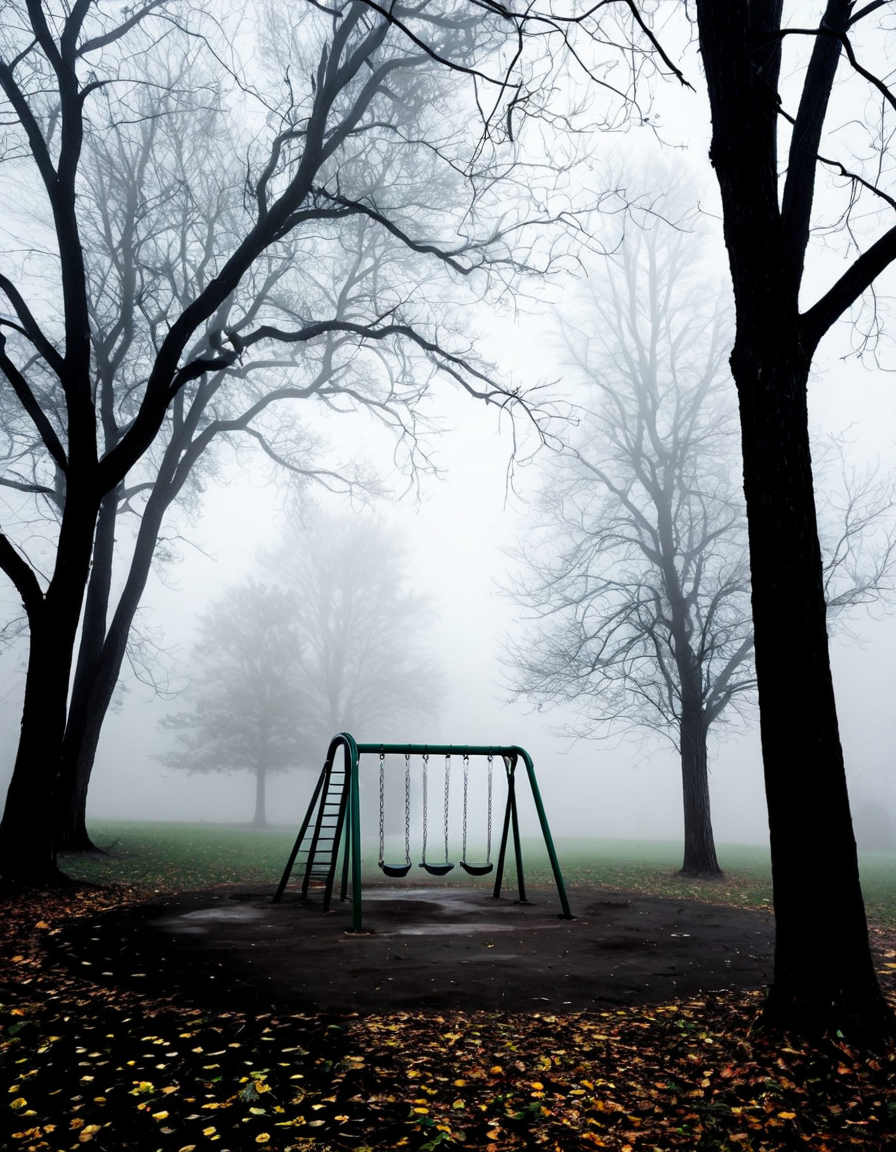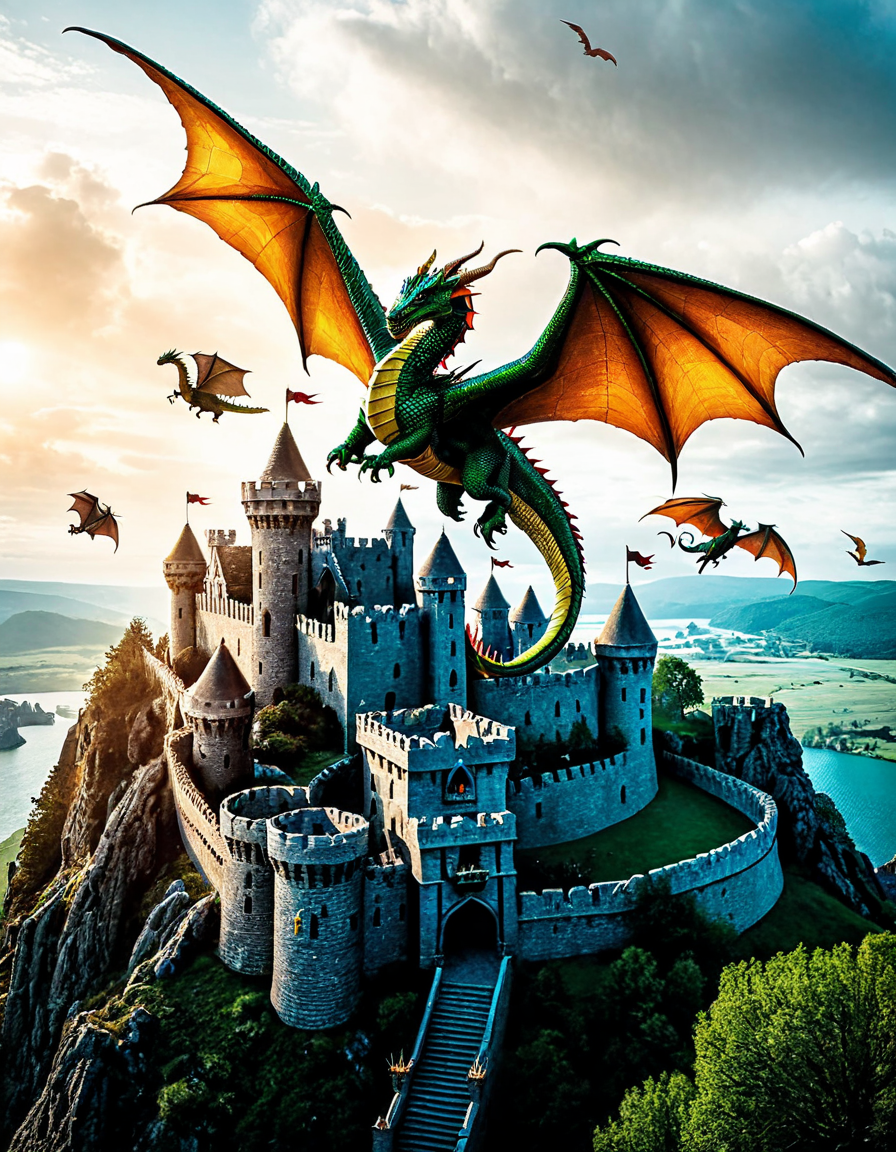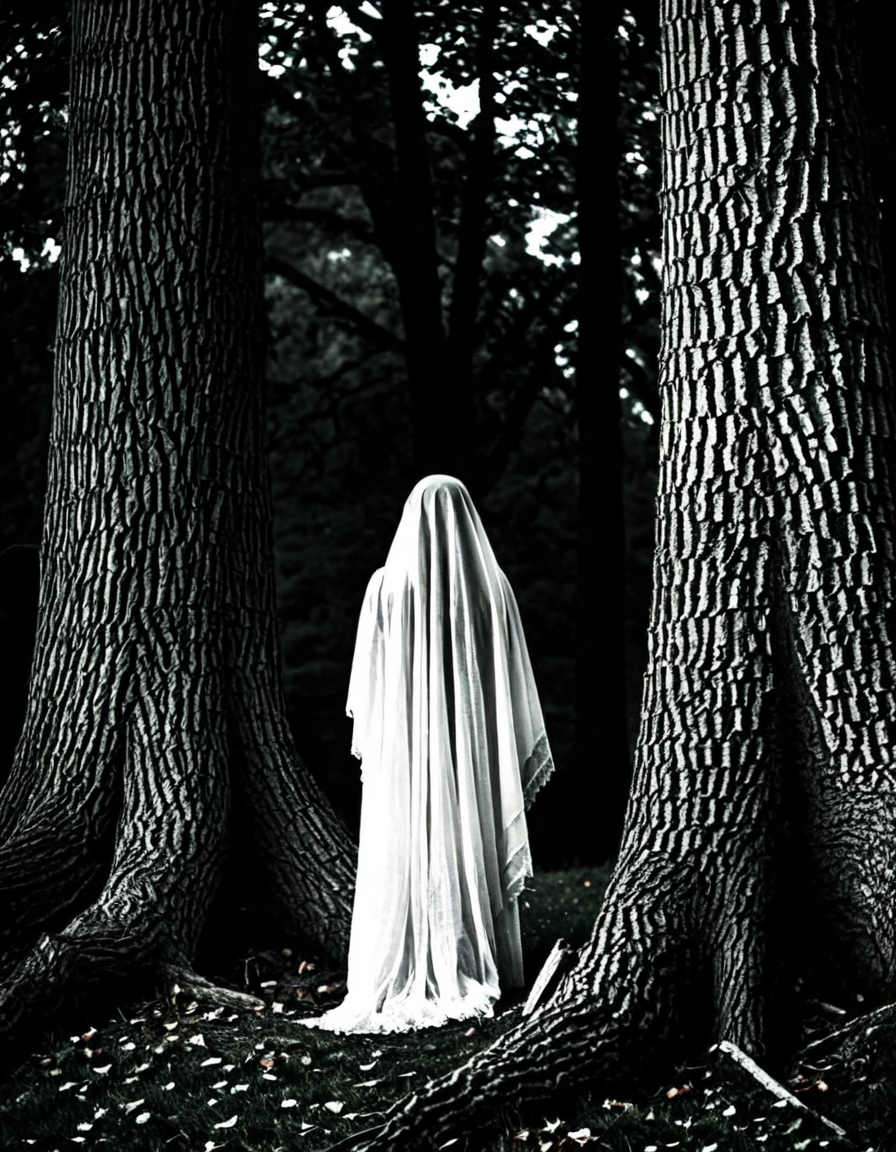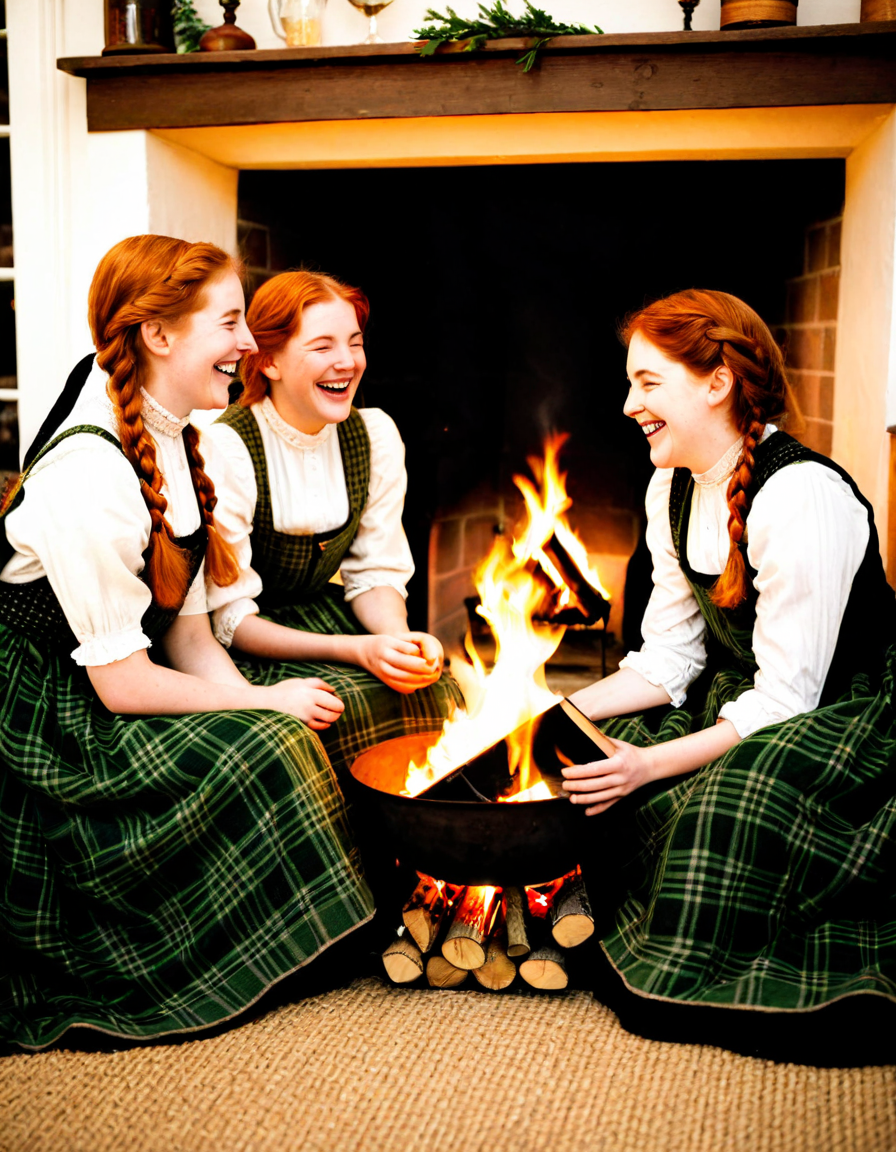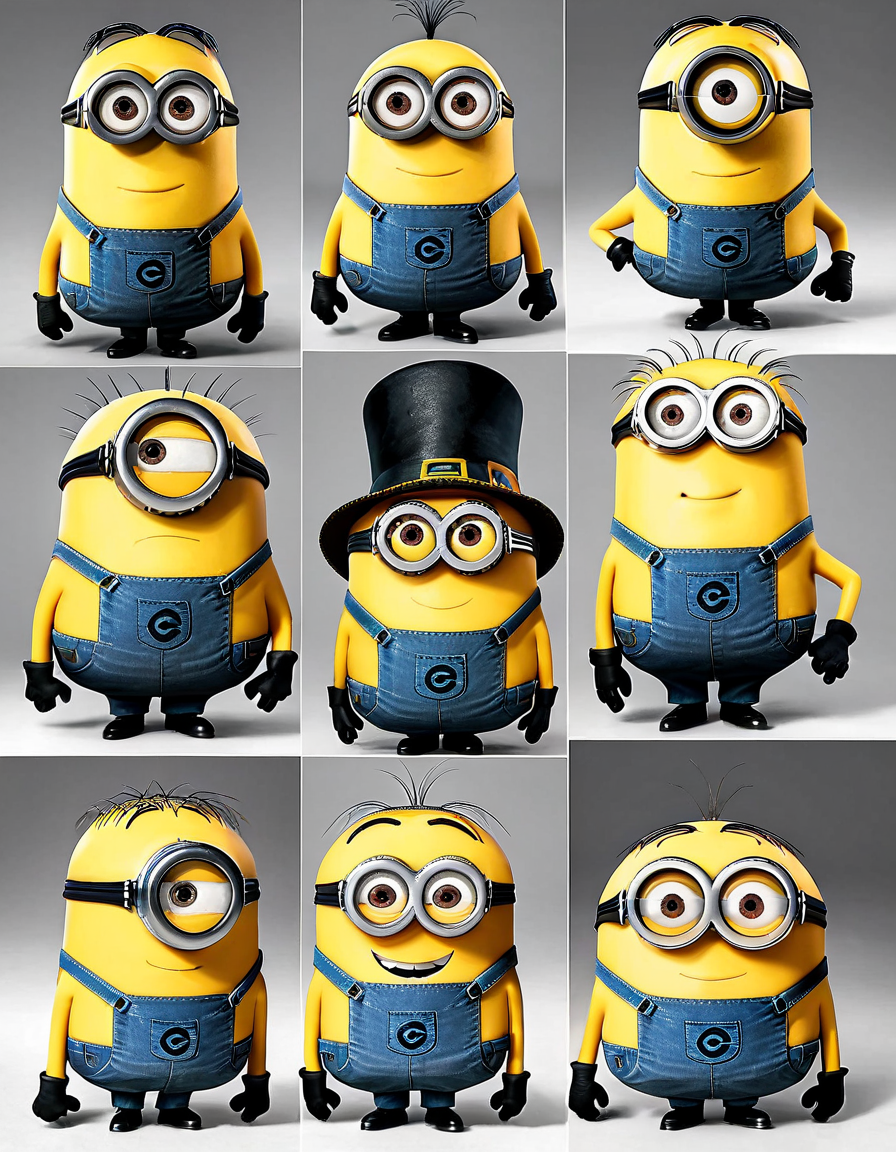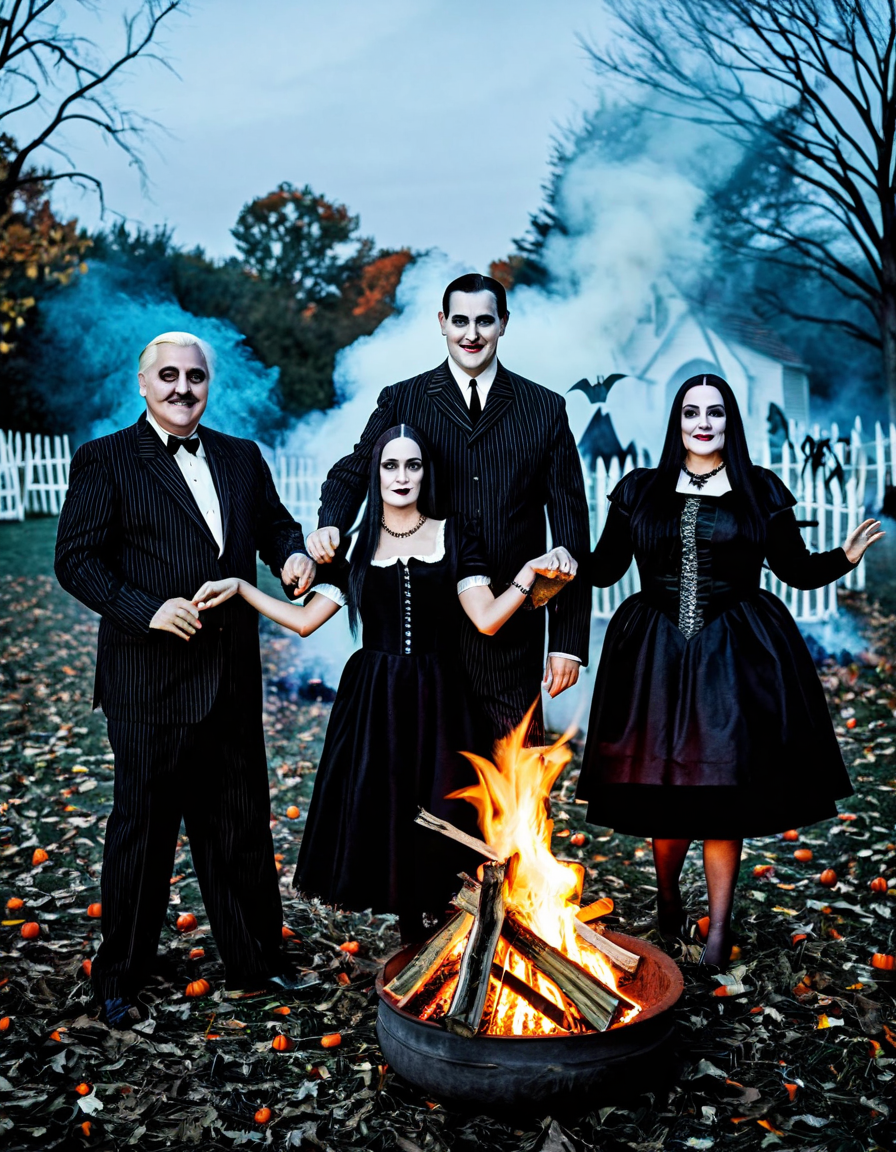Creepypasta has carved out its own niche in horror storytelling, tapping directly into our collective fears and intriguing imaginations. Its name blends “creepy” with “copypasta,” describing how these eerie tales are shared and disseminated online. Since its inception, creepypasta has grown into a cultural phenomenon that captivates audiences and blurs the lines between fiction and reality. Let’s dive into this haunting world and explore the top stories that are sure to linger in your mind, possibly influencing your dreams… and perhaps even your nightmares.
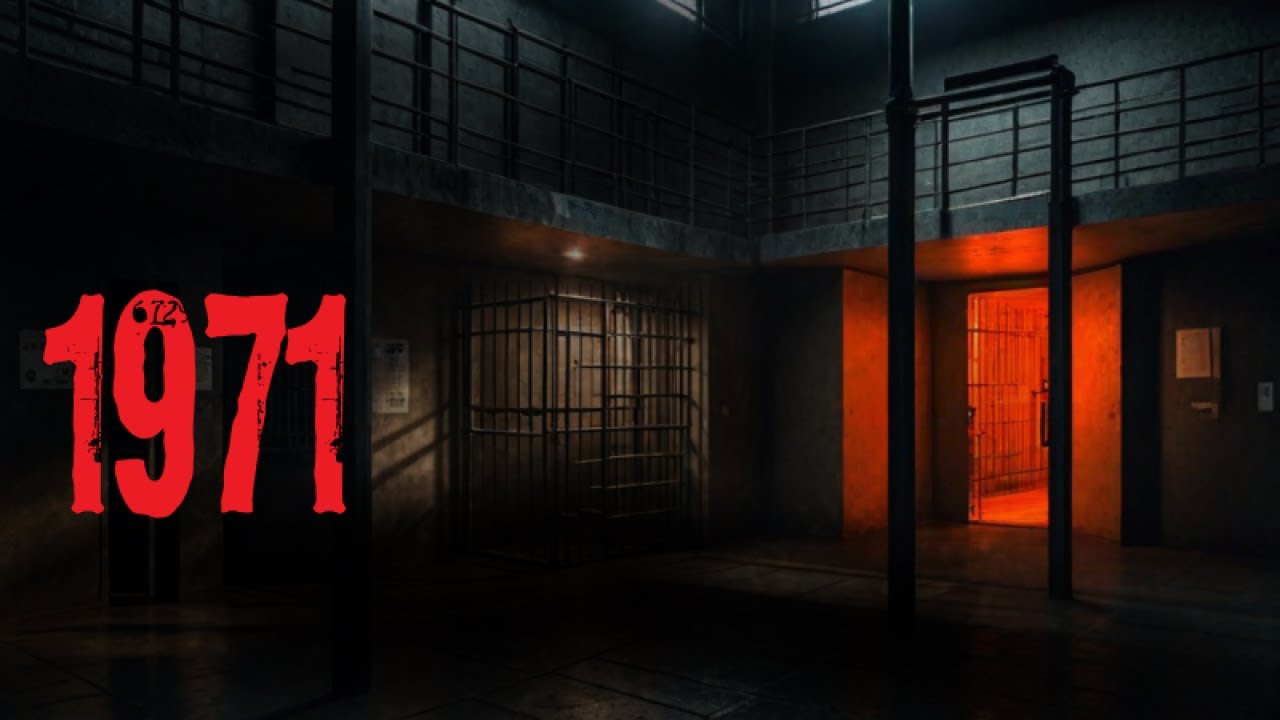
Top 7 Creepypasta Stories That Will Haunt Your Dreams
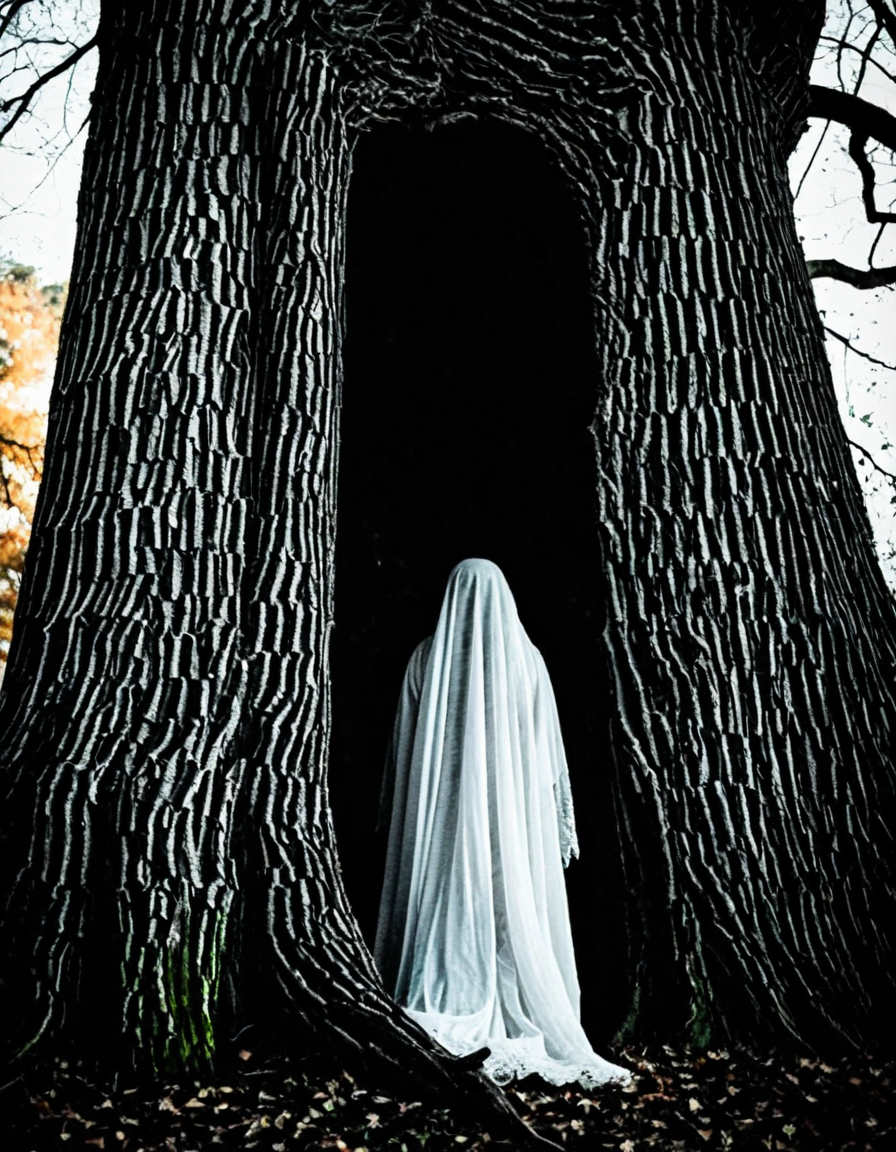
1. Slender Man
Originating on the Something Awful forums in 2009, Slender Man has become one of the most notorious creepypasta stories. This tall, faceless figure, often portrayed as preying on children, instills a deep-rooted fear in its audience. The story’s chilling impact transcends its origins, leading to films, games, and even cultural discussions about digital folklore. The fact that Slender Man’s mythos is tied to real-life events amplifies its spine-tingling effects, raising serious questions about the influence of online narratives on our society.
2. Jeff the Killer
Jeff the Killer dives deep into themes of isolation and transformation. It chronicles the chilling change of a disfigured teenager who becomes a killer, infamous for his hauntingly deformed smile. The emotional turmoil and despair woven into Jeff’s story make it relatable yet incredibly disturbing. With countless retellings and illustrations, Jeff has solidified his position as a mainstay in the creepypasta canon, reminding us of the often overlooked impacts of bullying and mental health struggles.
3. BEN Drowned
A game-changer in the crossover of video games and horror, BEN Drowned revolves around a cursed ‘Legend of Zelda: Majora’s Mask’ cartridge. As players encounter strange occurrences through gameplay logs and journal entries, a deep sense of dread unfolds. The innovative storytelling format leaves readers questioning the nature of their virtual realities. It expands what creepypasta can be, pushing the envelope on how tales can engage, frighten, and entangle the reader’s imagination.
4. Candle Cove
Candle Cove takes a nostalgic turn, presenting a bizarre puppet show remembered by a group of children. The twist? As the story progresses, it becomes apparent that their memories might not be as innocent as they initially appear. This creepypasta explores the themes of childhood innocence and the distortion of memory, resulting in a chilling reflection on how our past shapes our perception of reality. Readers find themselves pondering what really happened during those long-lost days, adding an unsettling edge to their nostalgia.
5. Laughing Jack
Laughing Jack begins as an imaginary friend for a lonely boy but soon devolves into a tale of horror. As the character shifts from playful to sinister, it brings to light the dangers of twisted childhood imaginations. The story acts as both a gripping narrative and a cautionary tale, resonating with adults who come face-to-face with lingering childhood fears. The juxtaposition between innocent nostalgia and grim reality makes Laughing Jack a chilling reminder of how fantasy can take a dark turn.
6. The Rake
The Rake invokes dread through its description of a humanoid creature that haunts people in their sleep. It plays on our primal fears of the unknown and the unsettling thoughts that can accompany chronic insomnia. The vivid portrayal connects deeply with individuals’ anxieties about sleep and subconscious worries, making it a disturbing cautionary tale about the hidden horrors our minds might conjure. Its cultural resonance often leads to conversations about mental health, especially surrounding the impact of chronic sleeplessness.
7. NoEnd House
NoEnd House weaves a narrative about a house featuring different rooms, each revealing a unique fear of the protagonist. This intelligent structure provides a deep dive into the human psyche while confronting fears in their rawest forms. Readers are kept on their toes, as they decipher what constitutes a genuine threat versus mere illusion. The story lingers in the mind, forcing us to question our perceptions long after we’ve closed the book. Each encounter within the house serves as a personal reflection of the struggles many face daily.
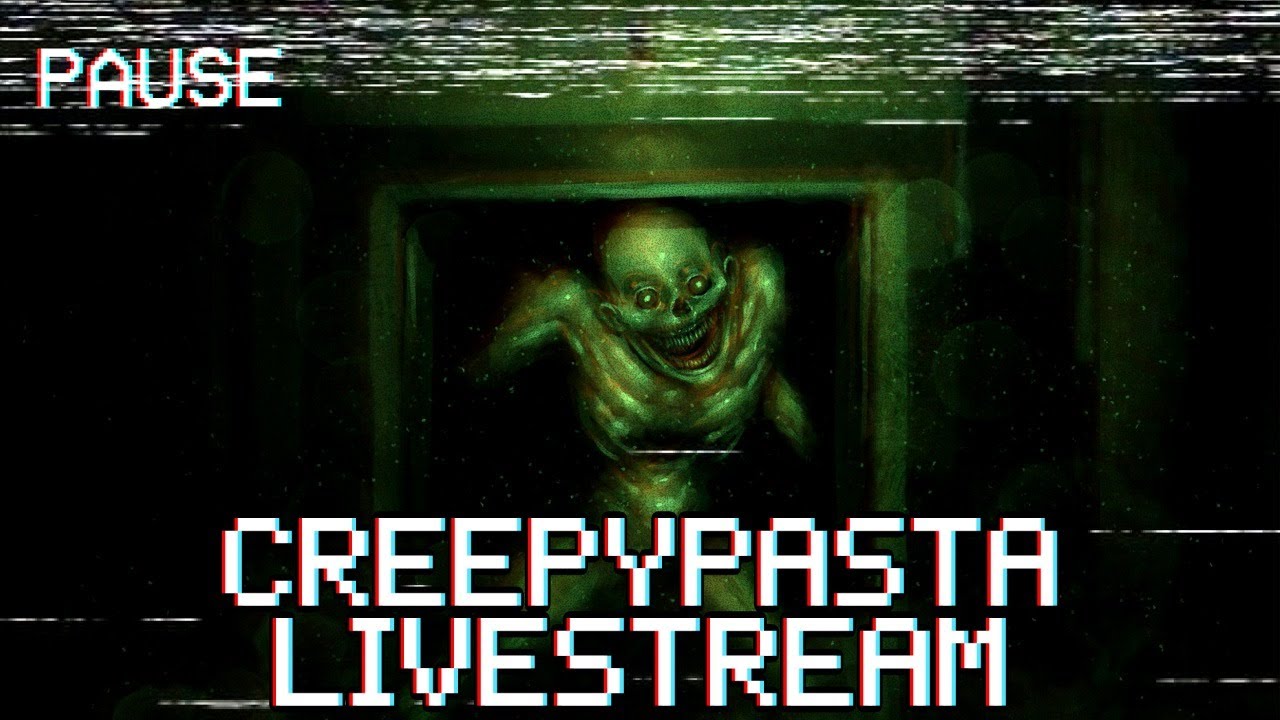
The Evolution and Impact of Creepypasta Stories
Creepypasta isn’t just about inducing fear; it reflects a tapestry of modern anxieties in a rapidly changing world. As technology improves, so do these narratives. Imagine a future where new adaptations of classic tales like Nosferatu become mainstream, with Nosferatu 2025 showtimes captivating audiences in innovative ways. These adaptations raise questions about how horror evolves and fits into contemporary society, sparking discussions around themes like digital anonymity and its mental toll.
With the rise of streaming platforms, viewers can now immerse themselves in a plethora of horror stories, including modern takes on traditional narratives. This new wave invites comparisons about societal fears today versus decades ago. The revival of old horrors, like Nosferatu, keeps the creepypasta culture alive because both genres explore fundamental fears that have endured through time, connecting generations through shared experiences of dread.
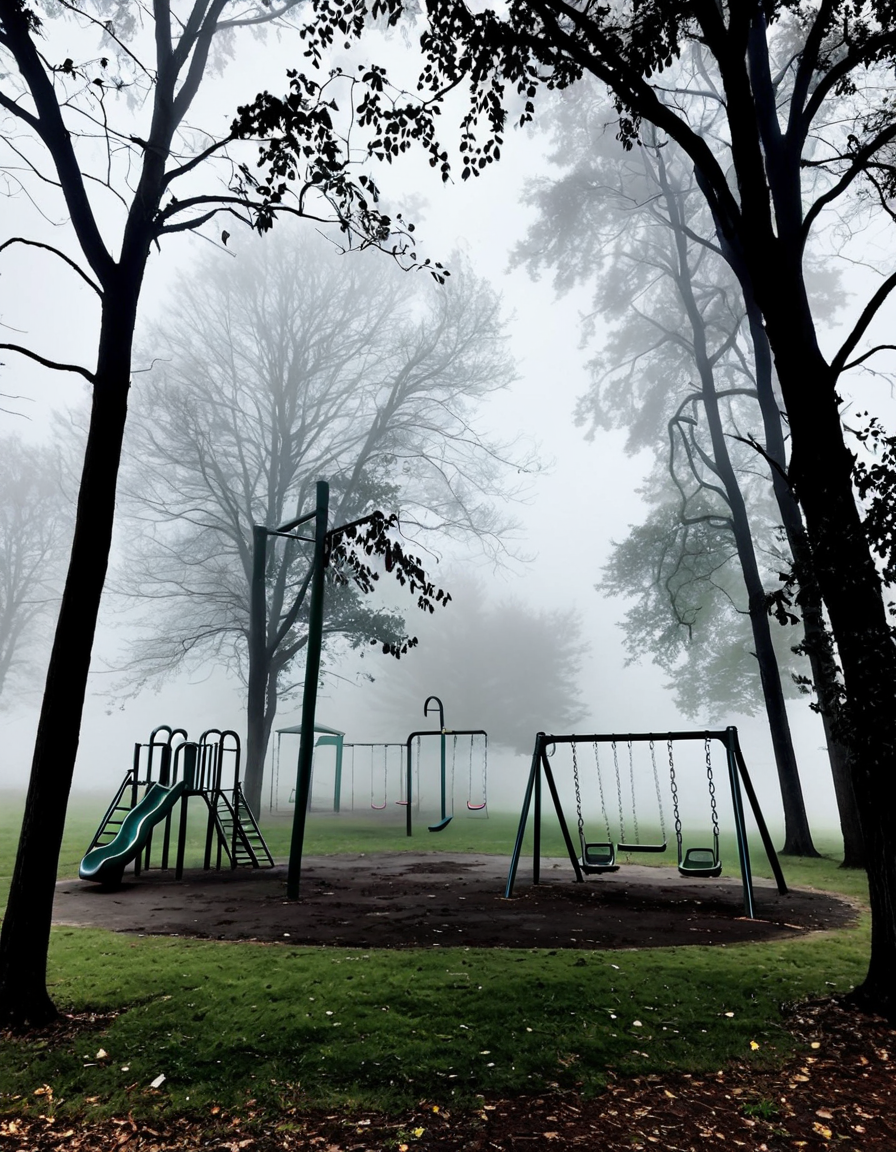
Embracing the Haunting Nature of Creepypasta
Engaging with creepypasta means stepping into a labyrinth of emotional and psychological fears. Each story invites readers to confront their anxieties in a virtual environment where fictional horrors become all too real. The blurred lines between authenticity and fiction create a captivating experience that resonates deeply with readers, often leading them to explore their nervousness and curiosities in a safe space.
As our appetite for horror storytelling continues to expand, creepypasta stands out for its ability to adapt and innovate. Whether enjoyed through chilling narratives online or experienced through new adaptations like Nosferatu showtimes, these stories remind us of the darker sides of our psyche. The haunting essence of creepypasta proves we will continue to explore and dissect the fears that bind us, revealing just how intertwined fiction can be with our everyday lives.
In conclusion, creepypasta isn’t merely a passing trend; it’s a cultural reflection and an evolving form of storytelling that helps us confront both collective fears and personal demons. As we delve deeper into this genre, we recognize its potent ability to unsettle and linger in our thoughts—potentially haunting our dreams for years to come.
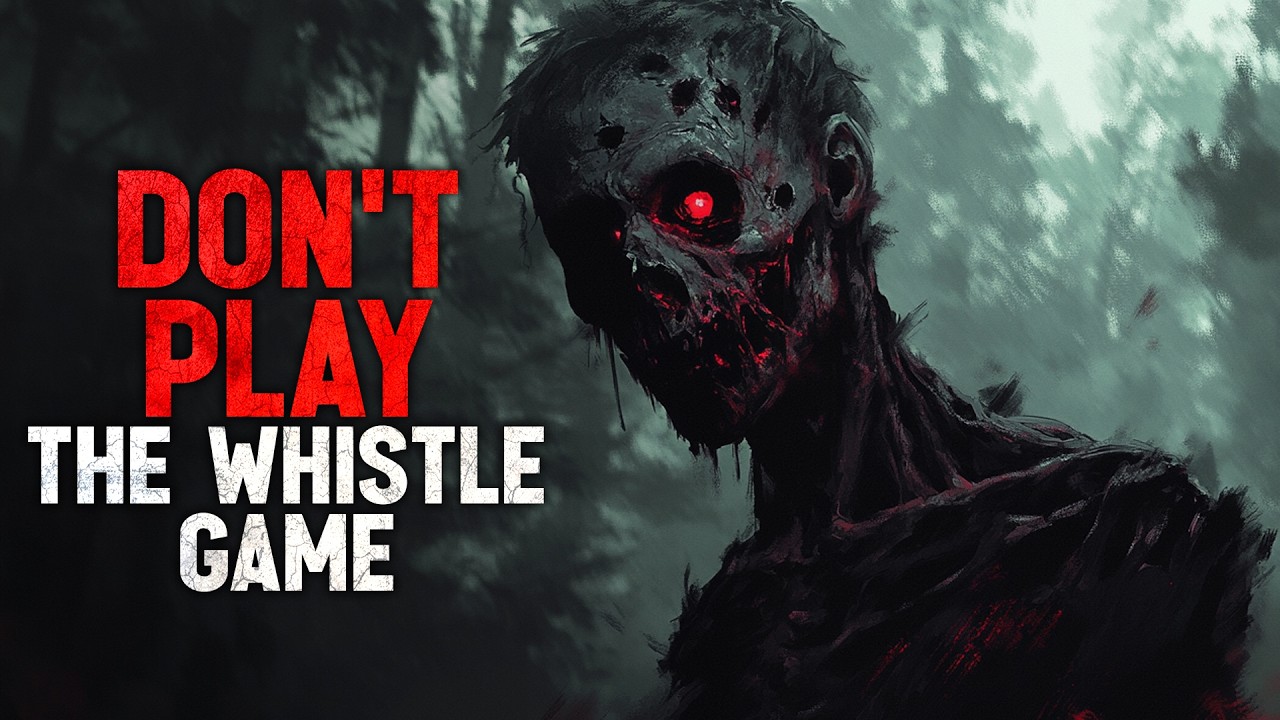
Creepypasta: Tales of Terror from the Internet
The Origins of Creepypasta
Creepypasta, those spine-chilling stories circulated around the internet, began as a blend of horror, folklore, and digital age creativity. The term itself is a play on “copypasta,” which refers to text that’s copied and pasted across forums, message boards, and social media. These eerie narratives have captured our imagination, making us feign bravery as we read tales of sinister characters like Slender Man or the haunting legend of Jeff the Killer. It’s fascinating to note that just like the film world, where fans get lost in complex character arcs and plots—similar to the intricacies found on Boxofficemojo, creepypasta invites individuals to explore the darker sides of storytelling.
The Creepypasta Phenomenon
What’s even cooler is how this genre of storytelling has turned into a cultural phenomenon. For instance, the rise of YouTube channels that narrate these spooky tales has entered mainstream entertainment, akin to the inside jokes and pop culture references we see with graduates like Evangeline Lilly And other well-known actors. Fans might even brainstorm their own creations, sharing them through various platforms, which just goes to show the internet’s role in transforming how we consume stories. Furthermore, the underground nature of these chilling accounts often echoes bits of our childhood fears, assuring us we’re not alone in the dark.
Creepypasta’s Impact on Popular Culture
As creepypasta has seeped into popular culture, it has inspired films, web series, and artworks. Just as the Zootopia cast brought animated characters to life with vivid personality, creepypasta stories breathe fresh air into the horror genre. Interestingly, stories can lead to larger conversations about themes of fear and morality, much like how Janeane Garofalo uses comedy to provoke thought while entertaining her audience. You might find it shocking, but stories like “Ben Drowned” not only unsettle but can also lead to creative adaptations, maintaining its relevance over time.
So, if you think you’ve heard it all, remember that the world of creepypasta still has tales to tell. With such rich content circulating online, the fear factor isn’t going away any time soon—it’s a captivating cycle driving avid readers and creatives alike to dig deeper into the uncanny, reminiscent of a late-night binge on Backroom Casting Couch that keeps the thrill alive. Keep your lights on and your senses sharp; you never know what lurks in the nocturnal corners of the internet!
